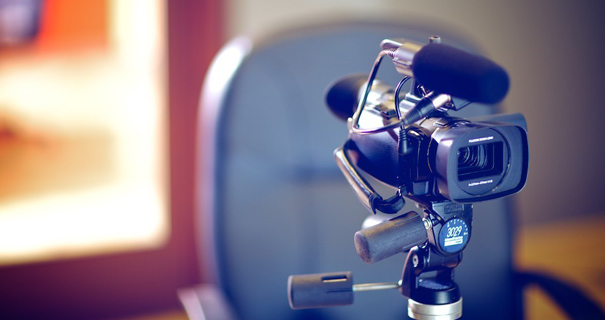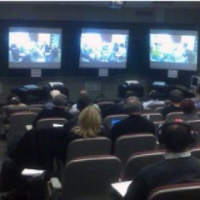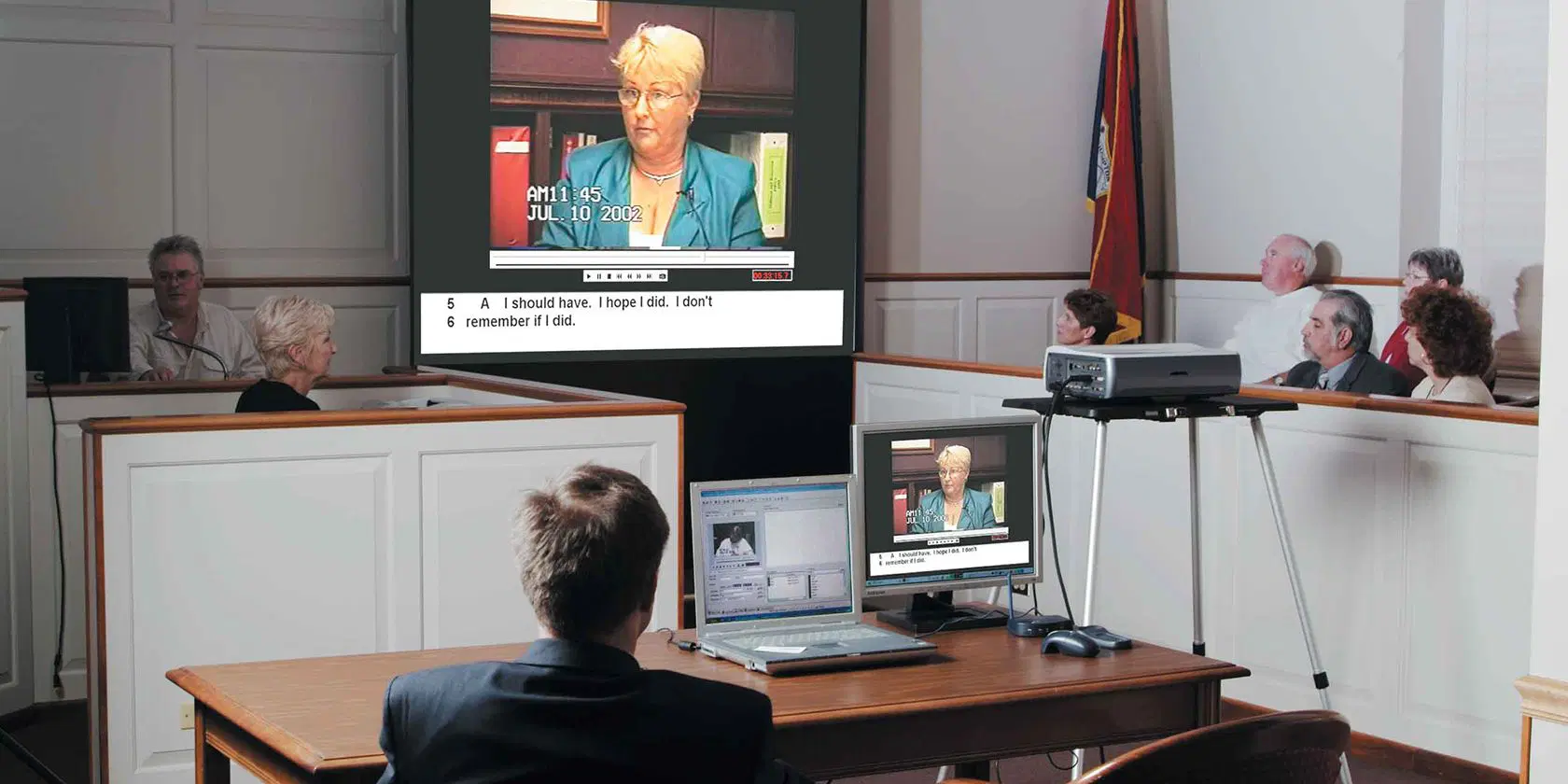How Trial Presentations Can Help Lawyers Tackle Challenging Legal Cases
How Trial Presentations Can Help Lawyers Tackle Challenging Legal Cases
Blog Article
The Power of Visuals in Test Presentations for a Winning Argument
The combination of visuals in test presentations has arised as a crucial variable in effectively interacting intricate arguments to jurors. By using numerous forms of visual help-- be it diagrams, pictures, or animations-- attorneys can improve understanding and retention, inevitably shaping the jury's understanding of the case. This approach not just makes clear complex stories but likewise develops a psychological vibration that can influence decision-making. As we explore the nuances of this method, it comes to be vital to think about just how details sorts of visuals can make a significant difference in trial results. What functional approaches might lawyers use to optimize this possibility?
Significance of Visuals in Trials
In many lawful setups, visuals play a vital function in improving the efficiency of trial discussions. The assimilation of aesthetic aspects can considerably impact jurors' understanding and retention of intricate details, consequently shaping their perceptions and choices. Visuals, such as charts, diagrams, and pictures, can streamline complex narratives, making them extra obtainable and compelling.
Furthermore, the human mind procedures visual details a lot more efficiently than message, which highlights the importance of including visuals into legal debates. By equating thick legal concepts right into visual layouts, attorneys can facilitate more clear interaction, guaranteeing that vital factors are not overlooked throughout trials.
Furthermore, visuals serve to engage jurors on a psychological level, cultivating a connection to the instance that words alone may fall short to achieve. The critical use of visuals can stimulate compassion, triggering jurors to take into consideration the human elements of the instance.
Ultimately, the value of visuals in trials depends on their capacity to enhance quality, improve juror interaction, and enhance the narrative being offered. This powerful combination is necessary for crafting persuasive disagreements that reverberate with jurors and influence the result of lawful process.
Kinds Of Visuals to Utilize
Reliable trial presentations can considerably take advantage of a variety of visual devices that satisfy various aspects of the situation. trial presentations. Using layouts and graphes can efficiently break down complicated details, making it more digestible for jurors. Flowcharts can illustrate the sequence of events, while bar graphs may succinctly compare appropriate information factors.

Animations and simulations can likewise play a critical role, particularly in instances involving technical information or detailed scenarios. These visuals can dynamically represent procedures or actions, giving quality and engagement that fixed images might not accomplish.
Additionally, infographics combine text and visuals to summarize necessary details properly. They can offer timelines, data, and significant case factors in an aesthetically enticing fashion, making it less complicated for jurors to adhere to the debate.
Enhancing Understanding and Retention

Enhancing comprehension and retention during test discussions is vital for making sure that jurors understand the important elements of an instance. Aesthetic aids serve as effective tools hereof, converting complicated information right into conveniently absorbable styles. By utilizing graphes, representations, and infographics, attorneys can streamline elaborate data and emphasize bottom lines that might otherwise be forgotten.
Research studies have revealed that individuals maintain information significantly much better when it exists aesthetically. This is particularly significant in a test setup, where jurors may be bewildered by the volume of proof and statement. By purposefully integrating visuals, lawyers can guide jurors' focus to the most critical elements of the instance, strengthening their understanding and memory of the product presented.

Developing Engaging Discussions
Captivating jurors' focus during test presentations is necessary for conveying an engaging narrative. Involving discussions take advantage of aesthetic elements to develop a memorable experience that reverberates with jurors. The strategic usage of graphics, computer animations, and videos can clarify complex info, making it more obtainable and relatable.

In addition, incorporating narration techniques can boost interaction. Offering evidence in a sensible sequence that develops emotional charm allows jurors to get in touch with the product on a personal degree. Varying discussion layouts, such as integrating brief Continued video clips or interactive aspects, can additionally suffer passion and attention throughout the test.
Inevitably, an appealing discussion fosters a much more extensive understanding of the case, allowing jurors to much better value the arguments existing and leading to a more positive end result.
Case Research Studies and Success Stories
Countless case research studies highlight the substantial influence of visuals in trial presentations, demonstrating their capability to affect juror assumptions and ultimately the results of situations. As an example, a noteworthy instance involving an individual injury claim highlighted exactly how making use of a 3D computer animation of the crash scene made clear complex details. Jurors reported really feeling even more enlightened and understanding, dramatically guiding their choice in support of the complainant.
In one more circumstances, a business litigation case utilized infographics to present financial information and timelines, making detailed details obtainable. The aesthetic have a peek at this site representation allowed jurors to understand the nuances of the case extra properly than spoken explanations alone. trial presentations. As a result, the jury returned a judgment that went beyond the client's expectations
The engaging visuals not only aided in producing doubt however also reverberated emotionally with jurors, leading to a pardon. These success stories emphasize the necessity of incorporating visuals into test presentations, as they improve understanding, retention, and ultimately, the convincing power of legal disagreements.
Conclusion
In final thought, the strategic consolidation of visuals in test presentations dramatically enhances jurors' understanding and retention of complex info. By making use of various sorts of visuals, lawyers can efficiently make clear key points and foster psychological connections with the audience. Involving discussions, sustained by engaging instance studies, show the extensive impact that visuals can have on convincing interaction. Ultimately, the power of visuals acts as an essential element in accomplishing positive test outcomes.
Report this page